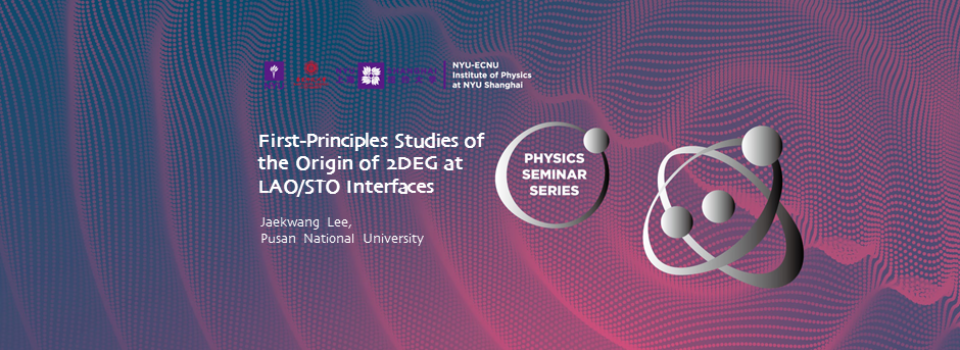
Abstract:
The emergent discovery of two-dimensional electron gas (2DEG) at the LaAlO3/SrTiO3 (LAO/ STO) heterostructure has attracted considerable attention over the past decade. Recently, unlike LAO/STO (001) interface, a wide n-type 2DEG distribution is reported at the LAO/STO (111) interface (K. Song et al., Nat. Nanotechnol. 13, 198 (2018)). According to the typical polar catastrophe scenario, the LAO/STO (111) interface consisting of [Ti]4+ and [LaO3]3- layers is expected to exhibit the p-type characteristics, which is contrary to experimental observation.
Despite these controversies, the origin of n-type 2DEG at the LAO/STO (111) interface has not been clearly revealed yet. In my presentation, I will briefly introduce several mechanisms of 2DEG and then show my computational studies of the origin of 2DEG at the LAO/STO (111) interface. Notably, this is the first report to reveal that the n-type 2DEG originates from extra electrons created by the oxygen vacancy, especially on the [[LaO3]3- terminated LAO (111) surface. Novel findings in electronic structures and related physical properties will be presented and discussed along with experimental results.
Biography:
Jaekwang Lee is currently an Associate Professor of Physics at Pusan National University. He obtained his Ph.D. in Physics from the University of Texas in Austin in 2010. The focus of his research is to design novel quantum materials with desired functionality, predict their physical properties using the first-principles computational techniques, and suggest possibilities for future applications. He received the Young Scientist Award at the Conference of the Physics and Chemistry of surfaces and Interfaces (PCSI) in 2010.
Seminar by the NYU-ECNU Institute of Physics at NYU Shanghai


